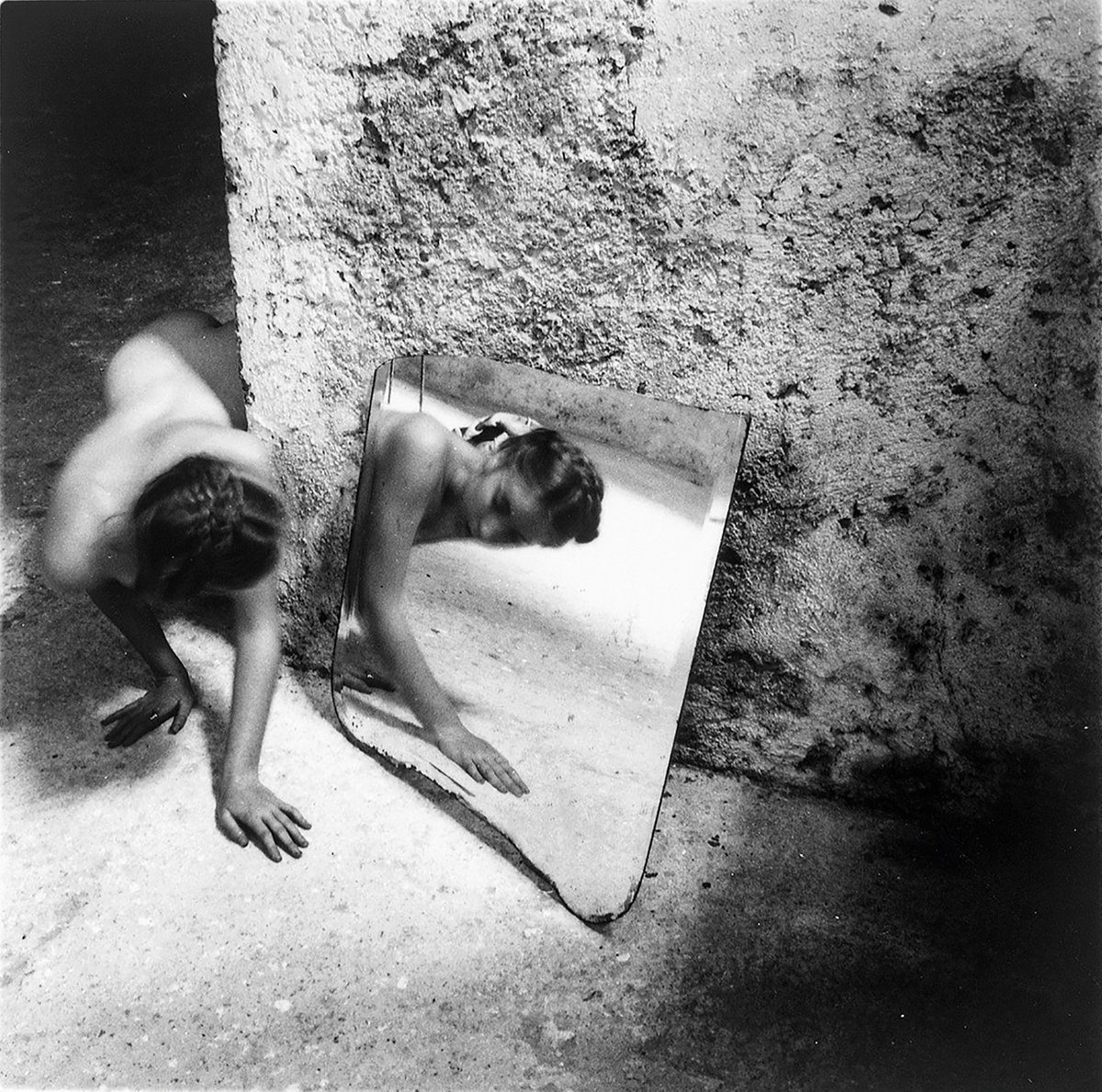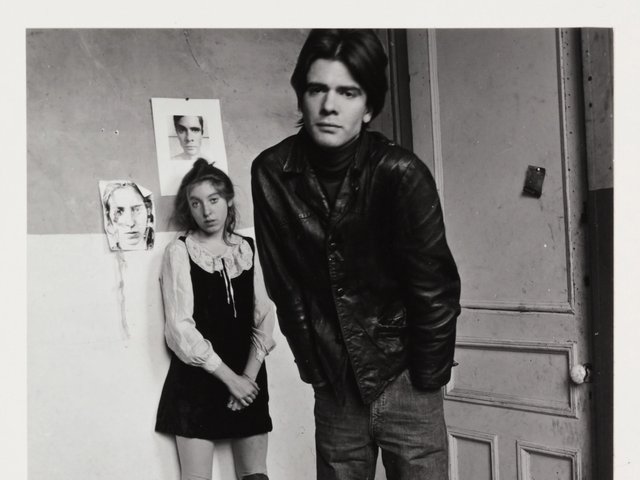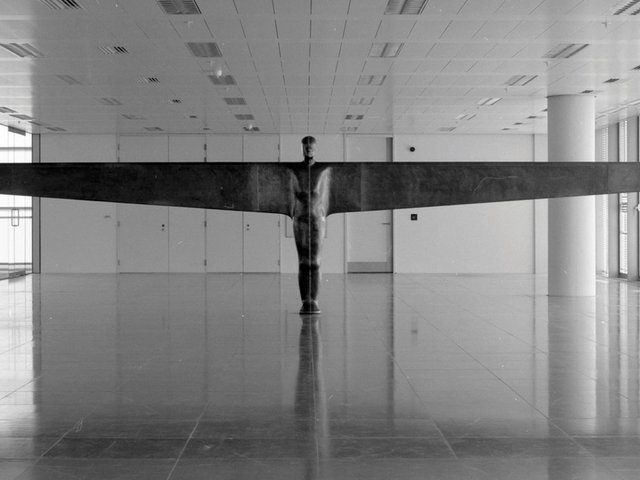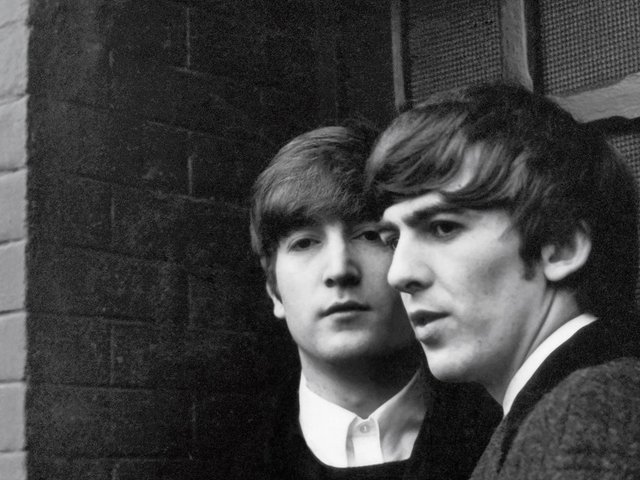This story begins where most end: the artist dies. On 19 January 1981, Francesca Woodman, a 22-year-old photographer distraught over personal and career issues, jumped to her death from the window of a Manhattan loft. After graduating from the Rhode Island School of Design in 1978, she had shown in a handful of small commercial galleries and alternative spaces, sold a few prints for modest sums and received brief write-ups from a couple of Italian publications but otherwise was largely unknown outside her circle of friends and family.
Improbably, 43 years after her suicide, Woodman’s photography—much of which was made while she was still an art student—has reached the uppermost echelons of the art world. This month, a 60-work solo show opens at the Gagosian gallery in Manhattan (13 March-27 April), as does Portraits to Dream In, an exhibition at London’s National Portrait Gallery (21 March-16 June) that will display 160 photographic prints pairing Woodman with Julia Margaret Cameron, the pioneering 19th-century British photographer.
Woodman’s staged images often focus on the human figure, frequently her own, frequently nude, with a “sense of moving in space or even disappearing into architecture”, says Lissa McClure, the director of the Woodman Family Foundation. Woodman sometimes achieved this goal by means of image blurs and, like Cameron, other “photographic techniques to create dream spaces where others might expect reality”, says Magdalena Keaney, who organised the Portraits to Dream In exhibition at the National Portrait Gallery during her time as the institution’s curator of photography.
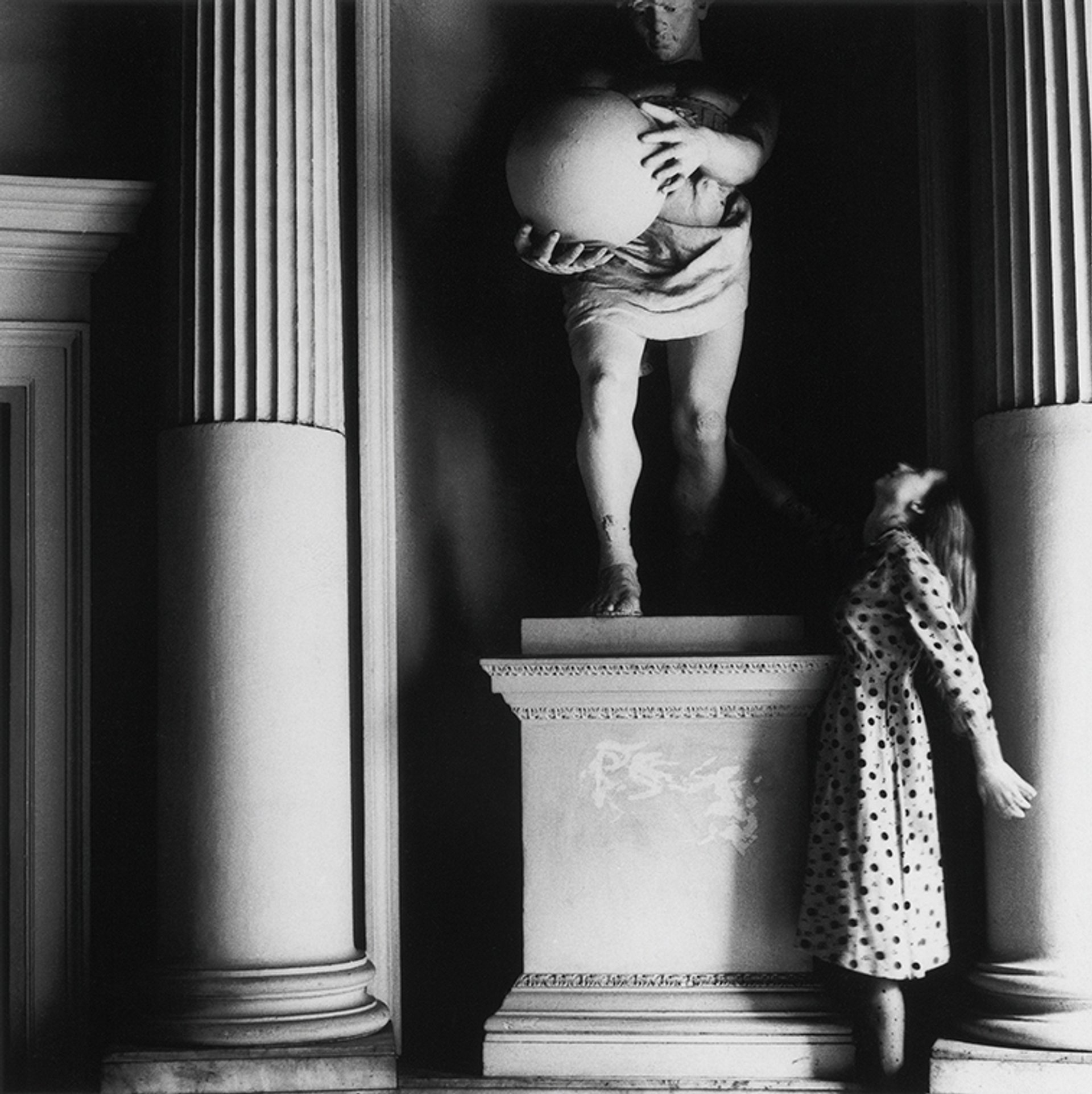
Francesca Woodman, Untitled, c. 1977-78. Gelatin silver print. Image: 5 3/4 x 5 3/4 in. (14.605 x 14.605 cm.)
© Woodman Family Foundation/DACS, London
The Gagosian show will be Woodman’s first there since the gallery announced in June 2023 it would be representing her work. Mark Francis, a director at Gagosian, calls her “part of an extremely interesting generation of artists which includes Cindy Sherman and Sally Mann”; Mann is also represented by the gallery. The works on view will range from roughly Polaroid-sized gelatin silver prints to a monumental diazotype collage. Prices, which start at $80,000, “are based on rarity and scale”, Francis says.
Parental promotion
Pivotal to Woodman’s rise to prominence were the efforts and art world connections of her parents, the sculptor Betty Woodman (1930-2018) and the painter and photographer George Woodman (1932-2017), who tirelessly cared for and championed her work after her death. The elder Woodmans meticulously archived their late daughter’s prints—including selecting about 250 to be printed as posthumous editions—and eventually hired a part-time curator to manage the archive. They also set up the Woodman Family Foundation, a New York-based non-profit organisation, to preserve and promote their three artistic practices in tandem.
Betty and George’s accomplished, socially connected lives in the art world provided a head start. Beyond knowing how to position Francesca’s work and whom to show it to, their stature often inclined the right people to listen. But the process was still slow and painstaking.
Francesca’s first significant exhibition opened in 1986 at the Wellesley College museum (now the Davis Museum) in Massachusetts. McClure says that, around 1984, Ann Gabhart, the museum’s director at the time and a friend of Betty’s, visited the Woodman home and was “completely blown away by” the photos of Francesca’s on view there. Gabhart quickly decided to do a show and later asked the revered critic Rosalind Krauss, her friend and former Wellesley classmate, to help “organise it and give it a critical take”.
The exhibition toured to multiple university galleries and larger public institutions in the US from 1986 to 1988. It also inspired curators at Minneapolis’s Walker Art Center, Mexico City’s Centro Cultural de Arte Contemporáneo and other institutions to include Francesca’s work in group shows, broadening her exposure.
Building market momentum
By the 1990s, the market for Francesca’s work was quiet, “but the photography world was well aware of her”, according to Peter MacGill, the former president of the photography-focused Pace/MacGill Gallery (which became part of Pace Gallery in 2019). “A friend of mine who also is a collector asked me to help get her work, and that’s when I met Betty and George,” he says, adding that the two “knew just what they wanted”.
Pace/MacGill began representing Francesca’s work in the early 90s and staged a one-person show in 1994; at that time her prints were selling for $4,000 to $10,000, “which was a lot of money back then”, says MacGill.
By the end of the decade, however, the Woodmans’ ambitions for their daughter’s legacy had grown. McClure says: “They had decided that Francesca didn’t need to be pigeonholed with the photography gallery, as she actually was more of a contemporary artist. And Marian Goodman Gallery came into focus.”
Goodman, who knew the Woodmans socially, took over representation of Francesca’s work in 2004. Prices had risen to between $20,000 and $36,000 at the gallery’s first exhibition of her prints that year. McClure says the partnership initiated “an important shift in the perception of Francesca’s work”, and she credits Goodman with “brokering” a retrospective on the artist that travelled from the San Francisco Museum of Modern Art in 2011 to the Guggenheim Museum in New York in 2012.
After Betty’s death in 2018, her estate was revealed to include more previously unshown and unavailable prints of Francesca’s work, bringing the total to around 800 images, along with some negatives. Although the Woodman Family Foundation’s board of directors chose to print no more posthumous editions, it also judged “that a new gallery partnership—a different approach and global reach—was needed to carry out our goals, for which Gagosian is uniquely suited”, says McClure.
Francis, the Gagosian director, says he was told by “a long-standing friend and colleague” at the Woodman Family Foundation that the board was “thinking of making a change, and would the gallery be interested”. He added: “I brought the matter up with Larry [Gagosian], who said that he had always loved her [Francesca’s] work.”
By the time the foundation uncoupled from Goodman in early 2023, the starting price for Francesca’s prints had risen to $80,000, a twentyfold increase over roughly 30 years. Her work first crossed the auction block in 2001 and has since gone under the hammer in cities from New York and London to Paris and Vienna. Her record stands at $200,000 (with fees) for Polka Dots (1976), sold at Sotheby’s in New York in October 2019.
Francis says Woodman’s “innovative approach to the body in photography and performance has deep and haunting relations to the history of culture and the work of her contemporaries”. Her international profile and the corresponding demand for her work now reflect as much, with room left to grow.


